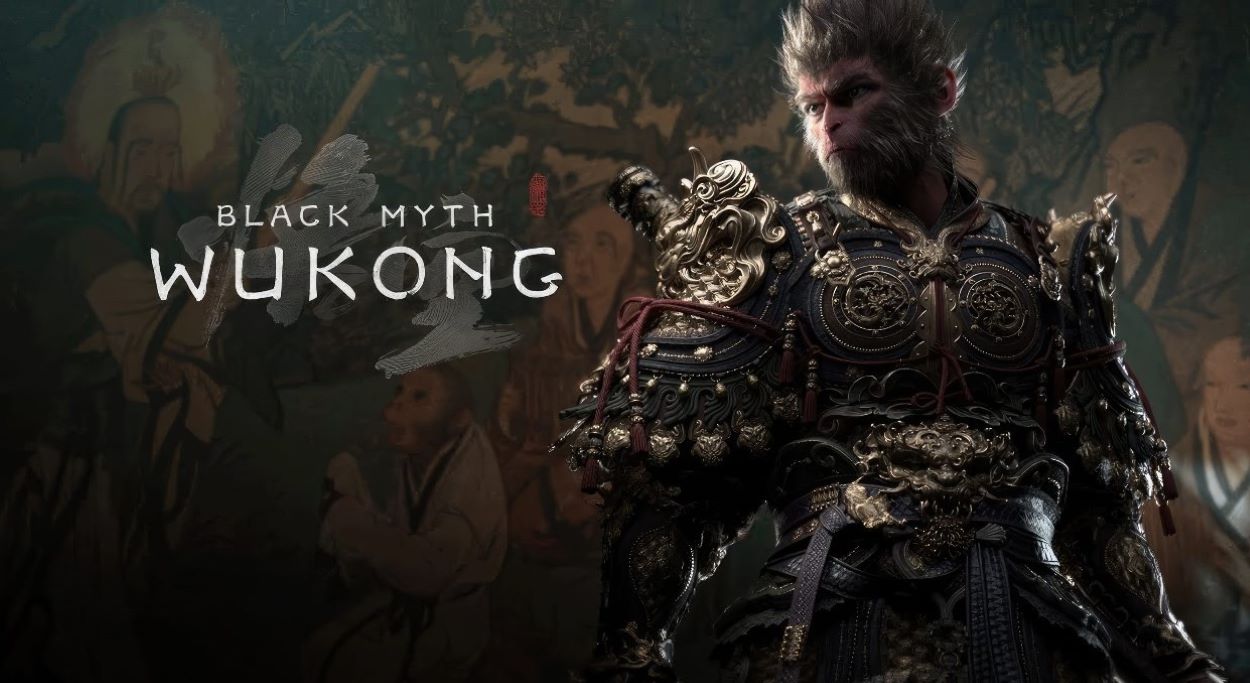Black Myth: Wukong, the first AAA game from China inspired by the classic novel Journey to the West, has captivated a global audience since its release in August. Every game element has garnered attention, from its music to its animations. Yang Tingmu, director of the game’s chapter six ending clip titled “Unfinished,” shared his observations.
“I’ve seen several reaction videos from international fans, many of whom were moved to tears,” said Yang, the founder of Fantasier Animation. He attributes the global resonance of the animation to its distinctly Chinese essence.
Yang attributes the clip’s success to a collective effort: the dialogue derives from the novel, the music takes cues from the 1986 TV adaptation’s theme song, and the character Wukong draws from the Peking Opera.
Yang and his team created the animation’s unique style, reminiscent of Chinese Lian Huan Hua (palm-sized comic books). After experimenting with various styles, they settled on the Lian Huan Hua aesthetic. “This style is familiar to most Chinese, but seeing it animated is novel,” Yang noted.
Yang conducted extensive research for the project, drawing significantly from traditional baimiao, or ink line drawing, particularly the work of Li Gonglin, a renowned painter from the Northern Song Dynasty.
He also drew inspiration from the Dunhuang murals and artist Dai Dunbang, who produced a series of artworks based on the novel.
Animating animals presented hurdles. “We referenced books and videos, and some team members visited zoos to observe the animals from various angles,” Yang shared.
As “Unfinished” garnered praise, suggestions arose about expanding it into a feature film. Yang responded pragmatically, noting that his team of 70 took six months to complete the short film’s later production stages. “A full-length film would require a team of two to three hundred,” he stated.
Yang remarked that only a few specialists master innovative techniques like the new movement patterns. “Short films are akin to using experimental technology in a lab; scaling these techniques up for mass production introduces significant challenges, such as standardization, limited skilled personnel, and extensive training,” he concluded.






